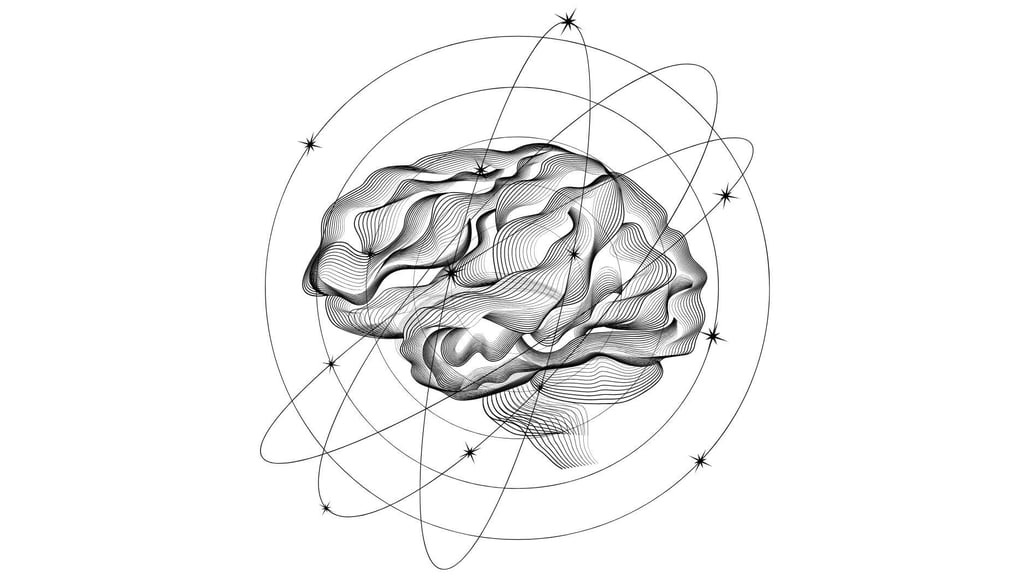Why bother tracking cognitive metrics at all? Subjective feelings—"I
think I'm working fast today"—are notoriously unreliable; your brain's
self-assessment circuits are biased by mood, recent successes, and
cognitive load. Objective data cuts through the noise, revealing
patterns you'd never notice intuitively. Tracking words per minute
(WPM), error rates, and reaction times transforms vague performance
impressions into quantifiable benchmarks. Over weeks, you'll spot which
interventions (stacks, environments, time-of-day) genuinely move the
needle versus those that merely feel good. This feedback loop
accelerates improvement; you iterate on what works and abandon what
doesn't, avoiding the trap of repeating ineffective habits indefinitely.
For systematic tracking, use our
dosage calculator
to optimize your nootropic protocols.
How do you measure typing speed and error rate? Online typing tests
(like 10FastFingers or TypeRacer) provide instant WPM scores and
accuracy percentages—run a 60-second test before starting your workday
to establish a baseline, then repeat after trying a new stack or
environmental tweak. For writing tasks, tools like Grammarly or
Hemingway Editor track word count and flag errors in real-time, giving
you raw output speed and mistake frequency. Document these in a simple
spreadsheet: date, time-of-day, intervention (e.g., "caffeine-theanine
100:200, bright light"), WPM, error count. After two weeks, chart the
data. You might discover that your accuracy peaks at 9am with theanine
but drops after lunch, or that background music lifts your speed by 15%
without harming precision. These insights are gold; they let you
engineer your schedule and environment deliberately rather than hoping
for good performance.
Key Metrics to Track Weekly
Words Per Minute (WPM)
Baseline: 40–60 WPM (average). Track across speed and accuracy
sessions to see mode differences.
Error Rate (%)
Count typos, factual mistakes, missed details per 100 words or
per task. Goal: <5% for accuracy mode.
Reaction Time (ms)
Use free online tests (e.g., HumanBenchmark). Baseline:
200–300ms. Lower = faster processing.
Correction Frequency
How many edits per paragraph during review? High frequency =
rushed first pass or low initial accuracy.
What do reaction-time mini-tests reveal? Reaction-time tests measure the
latency between a stimulus (a visual cue, a sound) and your response—a
proxy for processing speed. Free tools like HumanBenchmark offer quick
tests: click when the screen turns green, press a key when you hear a
beep. Run these before and after interventions—say, a caffeine dose or a
10-minute meditation session—to quantify acute effects. Baseline
reaction times for adults hover around 200–300 milliseconds; faster
times suggest heightened alertness, while slower times indicate fatigue
or distraction. Tracking this metric across weeks reveals trends: maybe
your reaction times dip in the afternoon, suggesting that's a poor slot
for speed-critical tasks. Pair this data with WPM and error logs to
build a complete performance profile, then adjust your
nootropic dosing
and schedule accordingly. Understanding
standardized extracts
ensures consistent results.
How do you analyse correction frequency? After each writing or editing
session, count how many corrections you made during the review pass and
divide by the number of paragraphs or pages. High correction frequency
(say, 10+ edits per paragraph) signals that your initial speed pass was
too rushed or that you're operating in a distracting environment. Low
correction frequency might mean you're already nailing accuracy in the
first pass—great if that's your goal, but it could also indicate you're
moving too slowly and sacrificing speed unnecessarily. The sweet spot
varies by task type: for brainstorming, almost zero corrections in the
first pass is ideal, while for legal writing, a moderate number of
corrections (3–5 per paragraph) during review is normal. Track this over
time to calibrate your personal thresholds and set realistic quality
benchmarks.
Can you gamify metric tracking to stay motivated? Absolutely—treat your
cognitive metrics like fitness stats. Set weekly targets: "Increase WPM
by 5 without raising error rate," or "Reduce correction frequency from 8
to 5 per paragraph." Use habit-tracking apps (Habitica, Streaks) to log
daily test results and visualise progress. Share your data with an
accountability partner or online community (Reddit's /r/Nootropics,
productivity forums) to add social reinforcement. The dopamine hit from
watching your numbers improve sustains motivation through the initial,
awkward phase where tracking feels like extra overhead. Within a month,
the process becomes automatic, and you'll have a rich dataset that
guides every cognitive optimisation decision. Combine this
quantified-self approach with
smart supplement label reading
to ensure you're getting precisely what you pay for in your stack. Check
our
quality supplier directory
for trusted sources.
